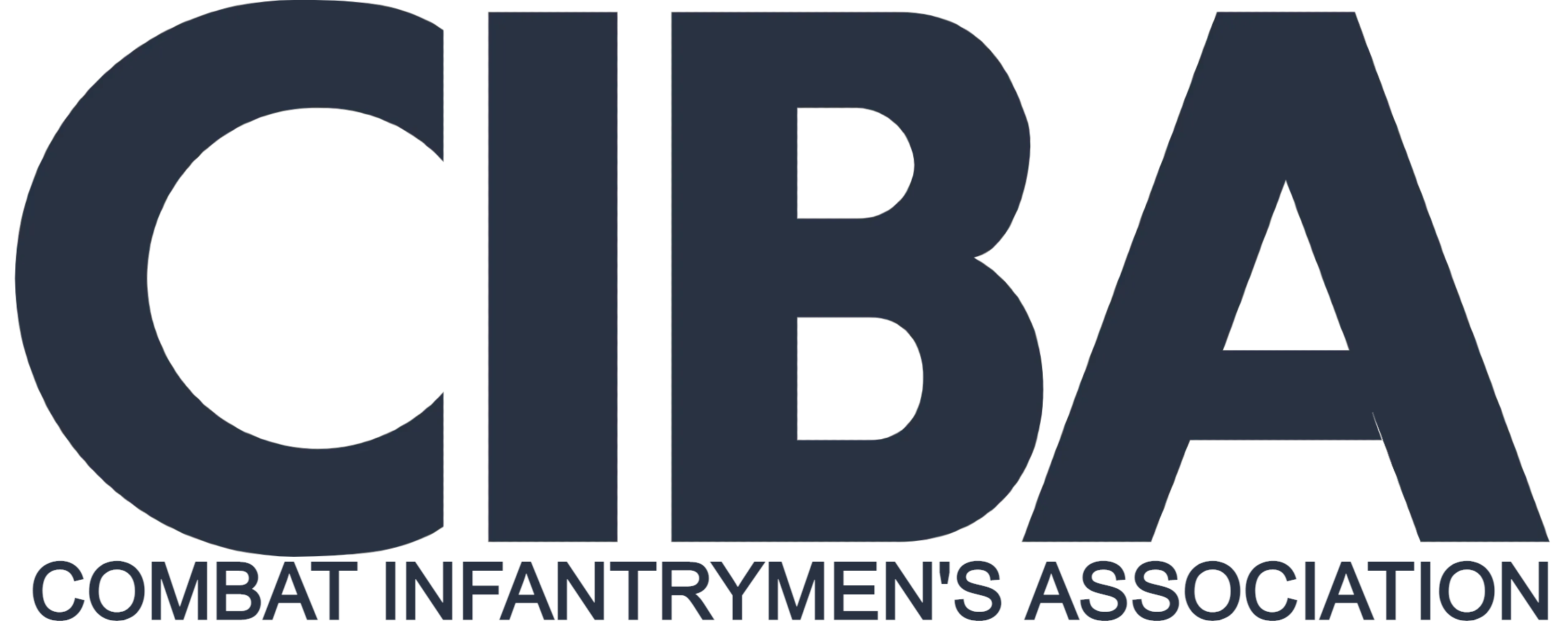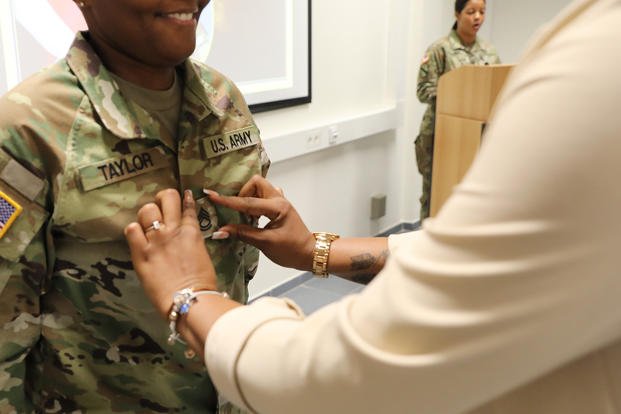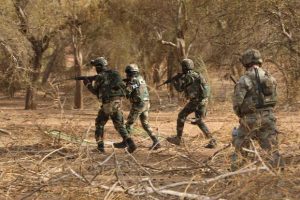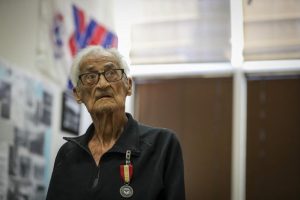After years of a shortage of noncommissioned officers in the Army Reserve, the service component may finally be gaining ground on its leadership deficit.
The Army Reserve has struggled for half a decade to promote junior soldiers to sergeant, a reverberating impact that has led to shortfalls in the senior NCO ranks. But now, the reserve has a humble surplus of sergeants — 34,500, or 108% of its authorized strength — for the first time in years.
The average time for an Army Reserve specialist to get promoted to sergeant has been at least seven years, an enormous amount of time that exceeds an entire contract. By comparison, the Army National Guard promotes specialists to sergeants in just under four years, on average.
Read Next: Army Eliminates Online Training Requirement for Noncommissioned Officers, Saying It’s Too Burdensome
Lt. Gen. Jody Daniels assumed command of the Army Reserve in June 2020 during the height of the COVID-19 pandemic, and that’s when the shortage of NCOs was starting to take its toll on the Army’s smallest component. Gaining ground on building the reserve’s NCO corps, while maintaining its standards, has been among the top priorities of her tenure.
“We had shortages of staff sergeants, sergeants first class, and if we didn’t start building the sergeant population, we’re going to have a very challenging future,” Daniels told Military.com in an interview. “I needed to start at the beginning, and now we have this audacious goal to try and target and get more folks in that grade.”
That audacious goal was for promotions to sergeant to take five years, or “E-5 in five,” assuming the soldier meets appropriate qualifications. Hitting that goal was low tech and didn’t require any new bureaucratic heavy lifting, just some buy-in from subordinate commanders.
At the core were two main issues holding soldiers back that were largely out of their control. One was the unwieldy packets soldiers have to build for promotion boards — physical paper of all their records. Building those packets is especially difficult for part-time troops whose time with their units is limited. Soldiers also have inconsistent access to computers, the internet and printers, and much of the information is required to be printed.
“People had tabletops full of papers for packets; there was this huge ridiculous manual process,” Daniels said. “What documents do we really need? It turns out it’s like two pieces of paper — everything else is already there and online.”
The other issue was getting soldiers to the Basic Leader Course, or BLC, which has traditionally been the requirement for promotion from specialist to sergeant. Even with temporary promotions, the soldier would need to complete the school within a year to hold onto the rank. However, the Army is both eliminating temporary promotions and moving the BLC to be a requirement for staff sergeant in June.
Part of the problem, Daniels explained, were units not thinking their soldiers were ready for school. Much of that hesitation was inflamed by the pandemic, which meant unit leaders had little exposure to their troops and weren’t able to gauge their leadership potential. On the flipside, the National Guard was constantly on mission through much of the pandemic, and leaders were interacting with soldiers more than ever.
This year, the reserve has seen a surge of promotion to sergeant, according to data from the service, with 9,000 specialists being promoted since October — the start of the military’s fiscal year. Last year, 4,700 specialists were promoted — roughly the median for previous years since the pandemic.
Now, the reserve is well above its goal of filling its sergeant ranks, having 34,500 — 108% of its “authorized strength,” which measures the number of troops in a given rank it is supposed to have.
That slight surplus should eventually fuel the ranks of other senior NCOs, which are still below strength. There are 18,000 staff sergeants, 73% of the authorized strength; 12,000 sergeants first class, 61% of the authorized strength; 5,000 first sergeants or master sergeants, 77% of the authorized strength; and 1,000 sergeants major, 70% of the authorized strength.
Meanwhile, the Army is in the midst of a total revamp of how it promotes NCOs.
On top of realigning its NCO schooling system, the Army discontinued the Distributed Leader Courses, or DLC, on Wednesday. Those online leadership courses are roughly 40 hours each, a monumental time sink for part-time troops. Gutting that promotion requirement, on top of moving BLC as a requirement for staff sergeant, could further ease the reserve’s efforts to grow its NCO ranks.
“We are scrubbing everything we are asking our soldiers to study, because there is only so much time during the day to do your job, for your personal development, and for your family,” Sergeant Major of the Army Michael Weimer said in a statement to Military.com.
Related: Temporary Promotions for Army Noncommissioned Officers to End in June
Story Continues
Please rate this CIBA article
Vote






